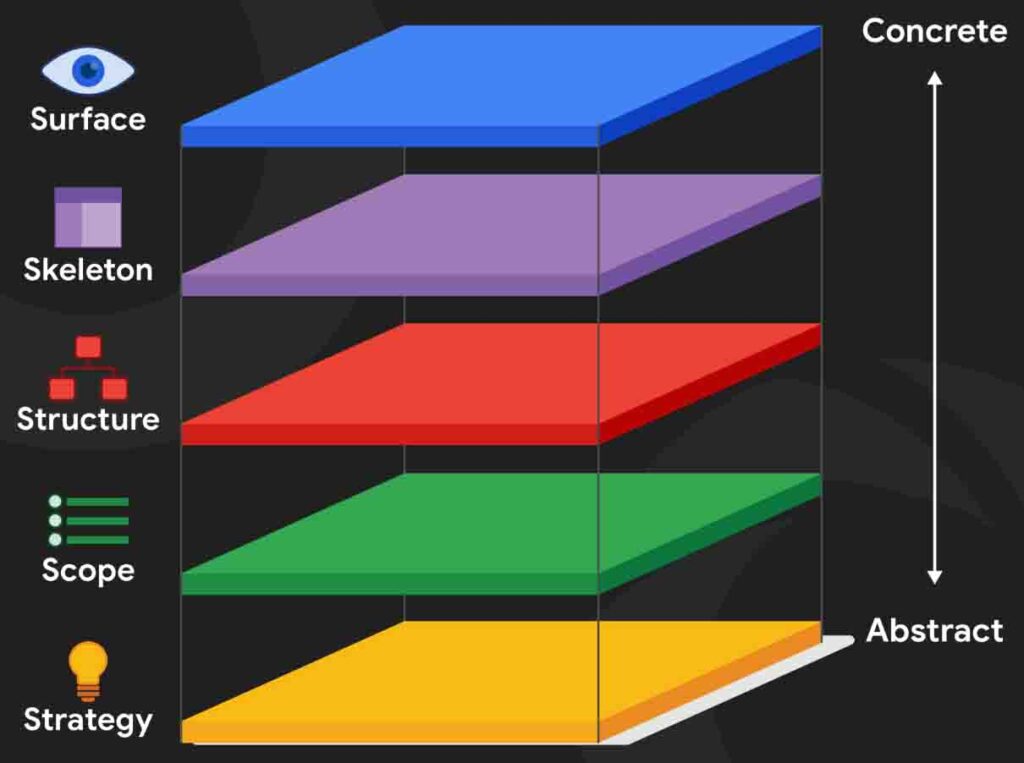Digital Transformation | 23 Nov 2022 | 9 min
UX: The Heart of Digital Transformation

In the shifting tech landscape, when one pictures a brilliant software product, the instant expectation that one conjures up as a user would be ‘intuitive’. Where there’s customer empathy, successful outcomes are never far behind. You would agree that almost every business today is peeking through a lens of customer-centric focus.
This focus can be sharpened beautifully by User Experience (UX) professionals who are well-equipped to gather up raw data, turn it into use cases, and innovate! This comes easily to certain businesses but making sure everyone is on the same page when it comes to troubleshooting can be a real challenge.
With that in mind, in today’s blog, let’s try to understand what makes for a great UX and why it needs to be at the heart of your digital transformation strategy, in case it isn’t already. Without further ado, let’s dive in! Fundamentally speaking…
User experience (UX) is the wise use of design thinking best practices to make software easier to use, more ergonomic, and more intuitive! The result is a seamless experience that users will remember and recommend. Do read this blog to learn more about what UX design entails and how you can implement it in six smooth stages.
Coming back to today’s blog, let’s delve into what goes into the making of a stellar UX.
Here are five factors that are popularly known to make for a great UX:

Research has shown that mobile users would leave a site when it doesn’t load within 1-5 seconds, and 30% of them would leave after 6-10 seconds! These numbers could be something to think about when you want to ensure that your website or mobile app immediately holds the users’ attention. That’s why it is so important to consider UX optimization – it can play a significant part in building brand credibility over a short period of time. This naturally contributes to a steady stream of new users coming in.
Now, allow me to outline a few reasons why UX should matter when you brainstorm a digital transformation strategy with your team.
Here are three important reasons why user experience matters to your digital transformation strategy:

No two organizations are the same, but here is a list of some steps you might like to think about as you double down on your digital transformation plans:
To make a long story shorter, look at this checklist that might come in handy at a point when you need to analyze the performance of a piece of technology:
There you have it – the how and why for UX being at the very core of digital transformation. As Steve Jobs put it: ‘Design is not just what it looks like and feels like. Design is how it works.’
Write to us with your comments on these focus points that can help you ensure winning digital transformation initiatives! If you’d like to know more about what we do in today’s exciting product engineering landscape, visit us at Nitor Infotech.

we'll keep you in the loop with everything that's trending in the tech world.
